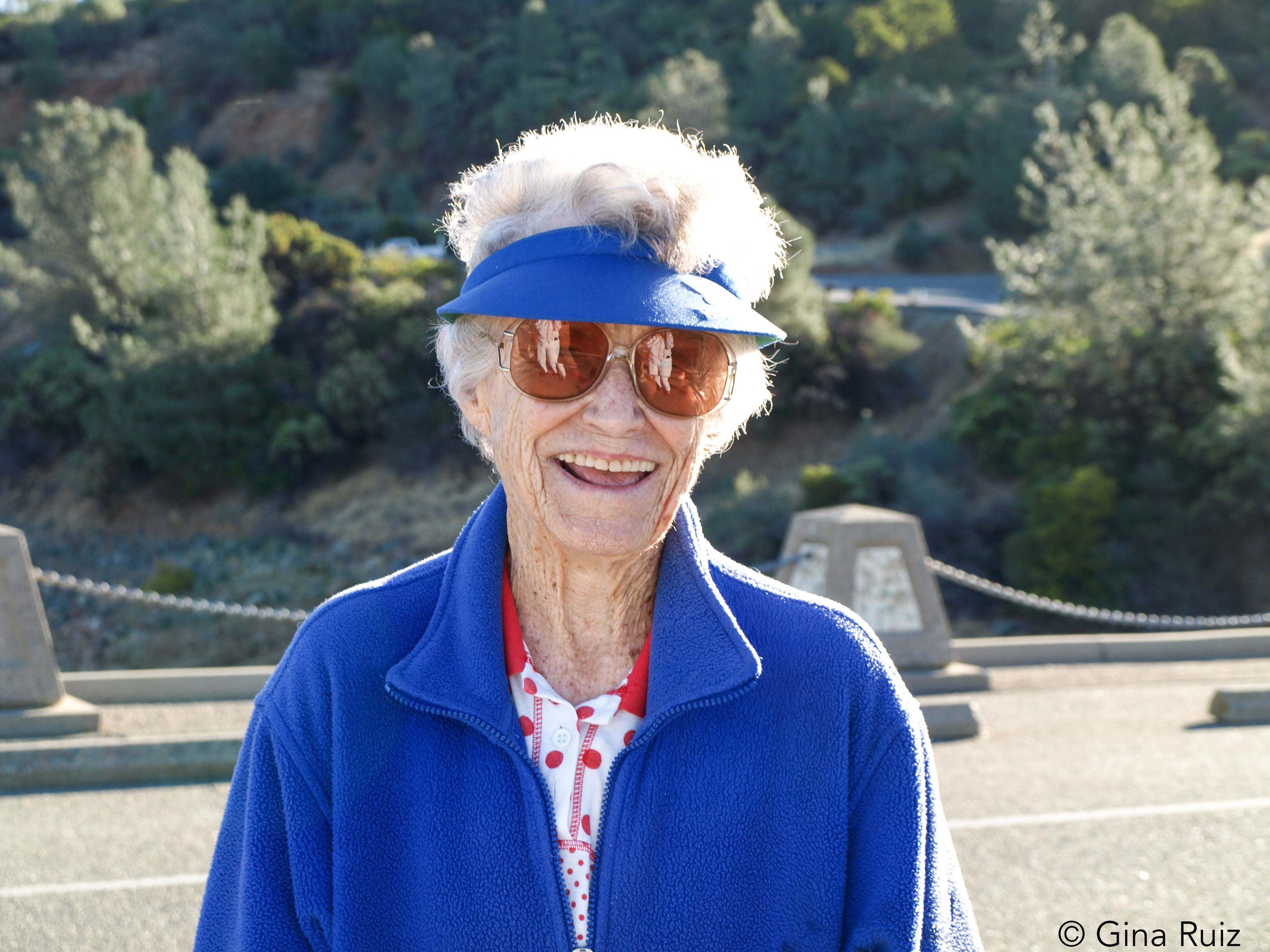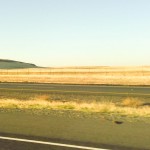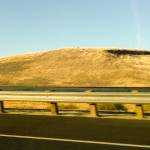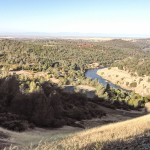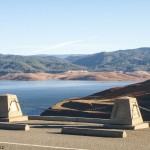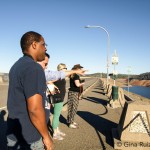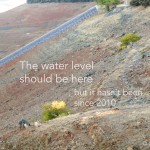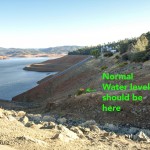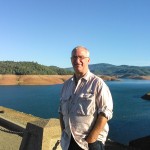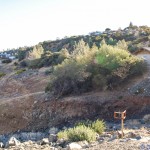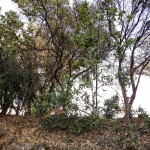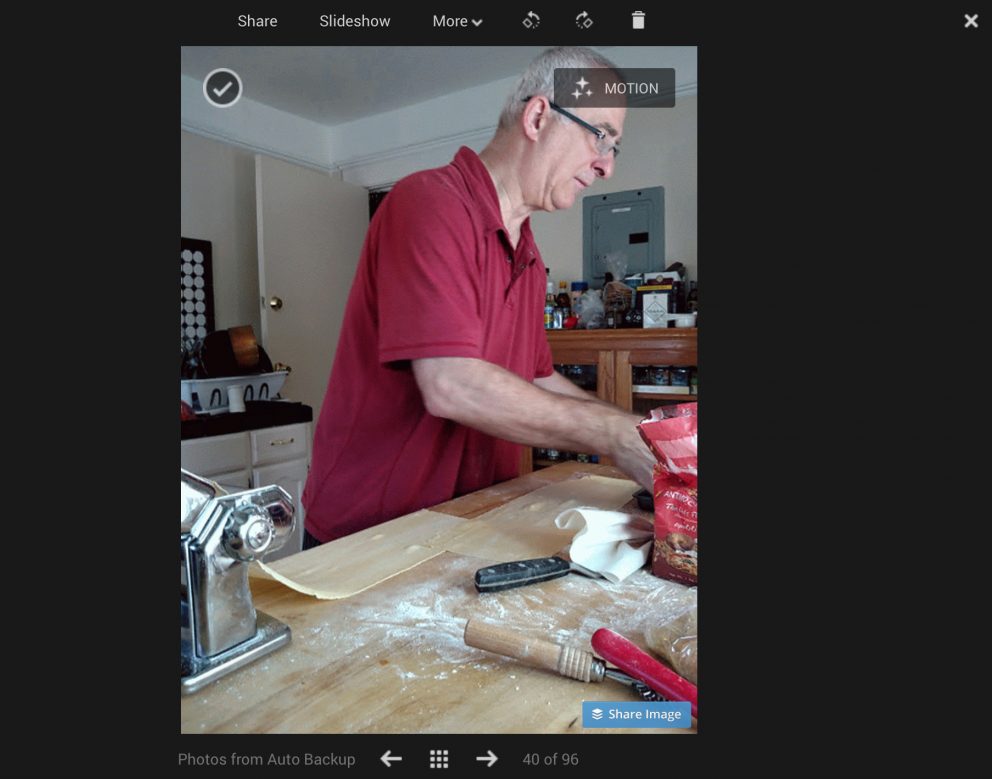- Drought in California
Disclosure: The California Farm Water Coalition invited me on the tour at their expense with the exception of our rental car (our choice). That tour inspired but did not influence me in this series of posts. Thoughts and opinions are my own.
I’ve lived in California most of my life. I was born here and no matter how far I roam, I always come back home to Cali. It is the place my soul is replenished.
In the 1970s we had a really bad drought. I remember saving every bit of water we had in the house. If we took a shower, we had buckets in the shower with us to catch the water. We used that water to flush toilets and water plants. Sinks were plugged, toilets were not flushed unless there was #2 in yet (yes, I am talking about toilets and bodily functions on a food blog). The catch phrase in the house at that time was “if it’s yellow, let it mellow. If it’s brown flush it down” along with other mottos and rules. In a house with three teenaged girls, the drought was particularly painful. No long showers, no washing of our hair very often. Seriously, there was a timer on the sink! I survived that drought as we all did, but it taught me something…water is precious.
Too often here in the city we don’t feel like there’s a drought in California – a serious one. We turn on our faucets and look, there’s a seemingly never-ending supply of water. In Los Angeles, like other big cities, we are removed from the source of water. We have no idea what it’s like when a well runs dry. We measure the drought by our electric and water bills, the cost of our produce, the policing of our air-conditioning units by our power companies and by the eventual brownouts. We complain (loudly) and go on about stupid DWP or the high prices but we never really get it. After all, water keeps magically flowing from our faucets.
I lived for a time in the San Joaquin Valley, seven years to be exact, the whole time I was married and raising my little children. Two of them were born there. We lived on a small farm in a tiny town called Snelling near the Merced River. It was there that I first learned, really learned about how water impacts our food supply. That was many years ago and I’ve lived in cities large and small since then. It is easy to forget those lessons.
This past weekend, I went on a farm tour courtesy of the California Farm Water Coalition to learn about the drought and its impact on our farmland. Seeing the impact first hand was shocking. Miles of dry fields, and seeing an important reservoir, the Oroville Dam, very low really made the drought hit home. While at the dam, I met Colleen, a retired teacher from Marina del Rey who retired to the area 30 years ago. She walks every morning at the dam and has done all these years, so I asked her about the water levels. She frowned and shook her head sadly, “It’s never been so low.” Then she sighed and said she hoped the drought ended soon, wished me well on my story and trip and was off at a fast clip. I saw her again as I was leaving the dam, she was on I think, her third lap. Drought or not, Colleen is in fabulous shape!
It’s easy to see the Oroville Dam and think, “wow that’s pretty” when you see the blue of the water, the mesquite bushes and the lichen on rocks. It is a beautiful place with stunning views. For locals like Colleen though, they see a dwindling water supply. We were told that the normal level is just where a little tree is growing and that it hadn’t been at that level since 2010.
Awareness order levitra online Check Out Your store is absolute, consciousness is relative to its content; consciousness is always of something.
This post is part of an ongoing series about the drought in California in an attempt to educate my readers and perhaps get the farms some help. “Food Grows Where Water Flows” is their motto, and it is very true. Our food supply is in danger and our farmers need help. Please take some time to check out their website, videos and facts about the drought and find out how you can help.
Suggested hashtags: CFWC Farm Tour, California Farm Water Coalition, Oroville Dam, Drought, Farms, Farming, Farm Water, VZWBuzz
All photos were taken with either the Samsung Galaxy Note 3, Kyocera Brigadier, or my Olympus E-510 DSLR.
